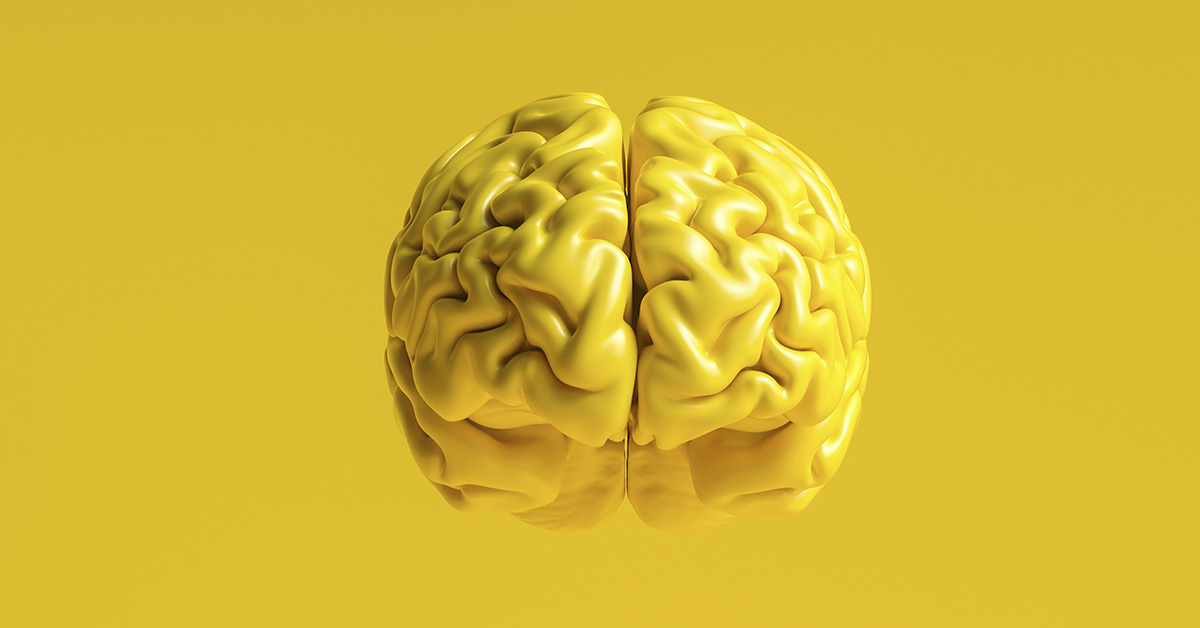Have you ever looked at an image and noticed something completely different from your friend? That’s the magic of perception, and it often brings up the fascinating debate about Left-Brain vs. Right-Brain dominance. This article explores the traits associated with each side of the brain, the science (or lack thereof) behind these labels, and a fun test to see where you might fall. Ready to dive in? Let’s begin.
The Left-Brain: Analytical and Logical

Traditionally, the left side of the brain is linked to logic, analysis, and precision. If you tend to gravitate toward facts, structured routines, or excel at math and language, you might find that your thinking aligns with left-brain characteristics. For instance, when viewing the “fish or plane” image as seen above, left-brained individuals often notice the fish first. Why? Its simplicity and symmetry cater to a preference for order and detail.
The Right-Brain: Creative and Intuitive
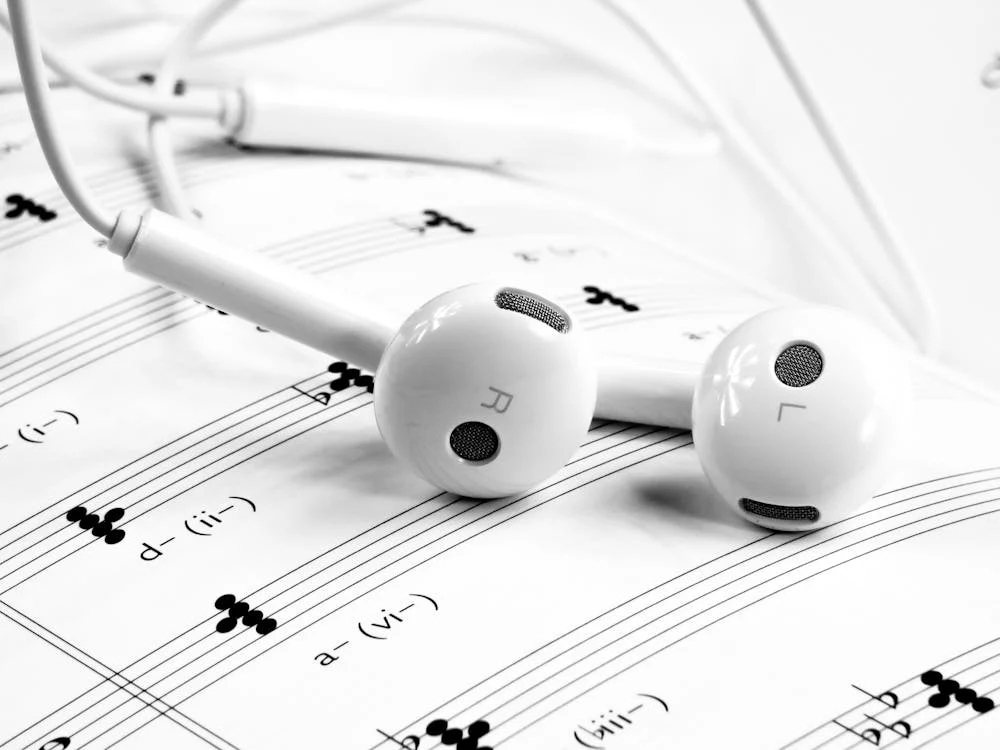
In contrast, the right hemisphere is celebrated for its role in creativity, intuition, and holistic thinking. If you’re someone who thrives in artistic endeavors, dreams up abstract concepts, or sees the world through a colorful lens, you might lean more toward the right-brain label. Spotting the plane first in the fish-or-plane test often indicates a flair for imaginative interpretation.
Is There Any Science Behind The Left-Brain vs. Right-Brain Label?
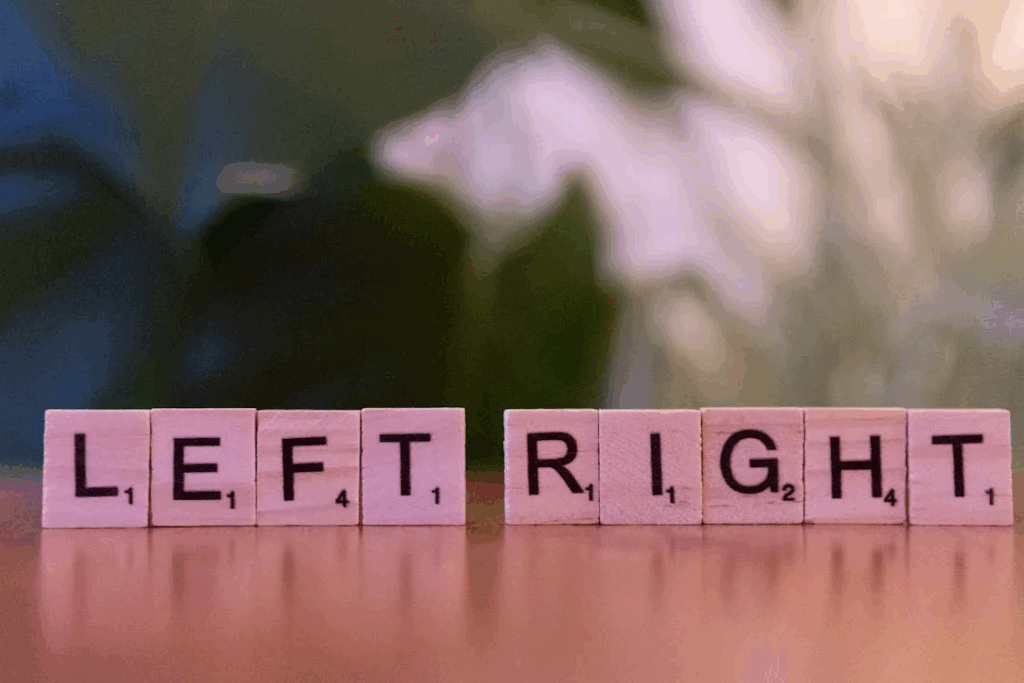
While the Left-Brain vs. Right-Brain theory offers an intriguing lens to understand different cognitive styles, modern neuroscience paints a more nuanced picture. Research shows that both hemispheres work in tandem, regardless of a person’s perceived dominance. For example, language processing was long thought to be purely a left-brain activity requires input from both hemispheres.
Testing Your Brain: The Illusion Challenges
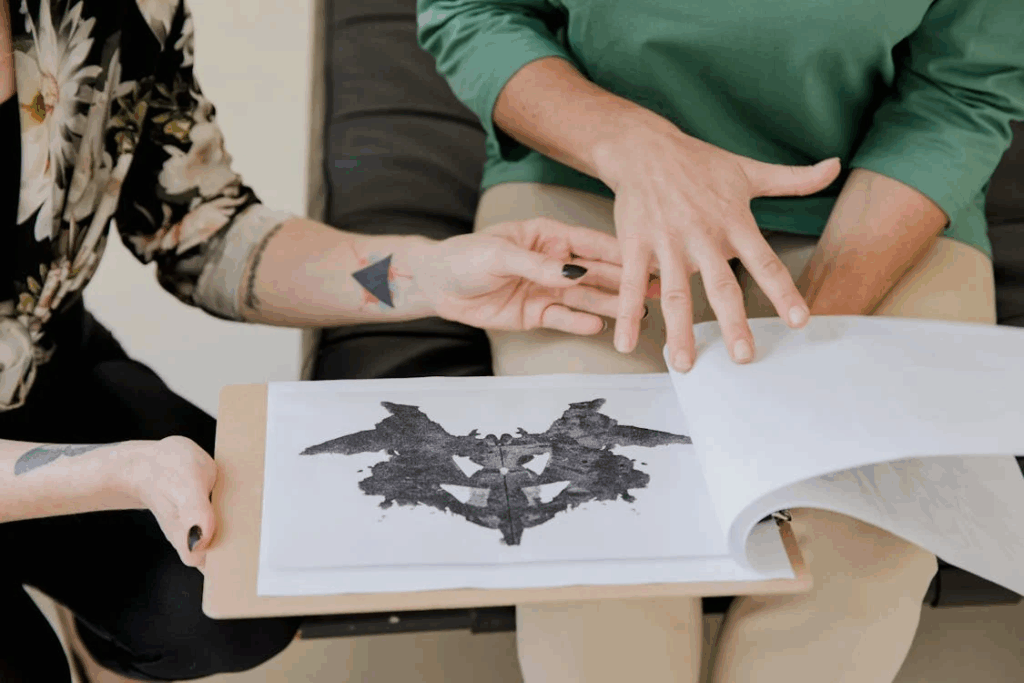
Are you ready to find out whether your thinking aligns more with the left or right brain? Here are a few visual and cognitive tests to get you started:
Read More: 8 Brain Teasers That Will Leave You Scratching Your Head
Color Perception Test

Look closely at square #1 and square #2 on an image. At first glance, they might appear to be different colors, but are they really? This classic optical illusion often tricks our perception. Left-brain thinkers might take a highly analytical approach, meticulously examining the shading, lighting, and surrounding context before deciding if the colors are truly different or just appear that way due to contrast.
Right-brain thinkers, on the other hand, might rely on their gut reaction, quickly stating what they feel without second-guessing themselves. This exercise not only reveals your instinctive tendencies but also highlights how our brains process visual cues differently.
Circle Illusion
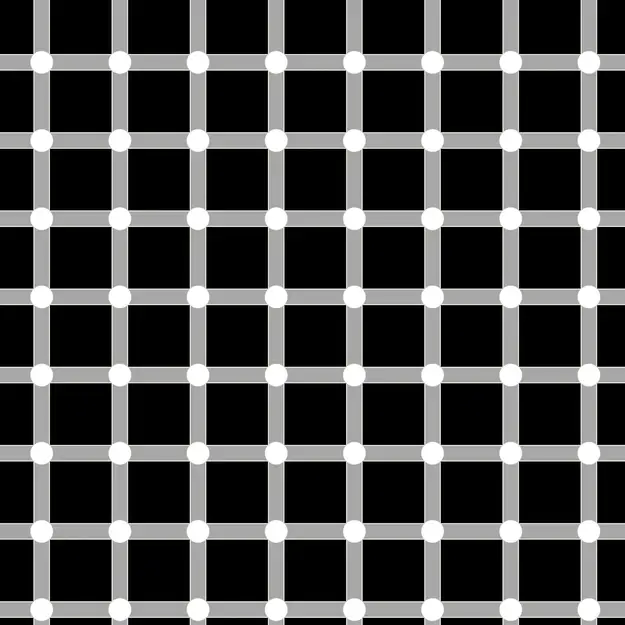
Examine a grid with intersecting lines and small circles. What color do you see the circles as? Your interpretation could hint at your brain’s dominant side when it comes to the Left-Brain vs. Right-Brain theory. A left-brain approach might involve carefully dissecting the pattern and its symmetry, while a right-brain thinker may focus on the overall aesthetic of the image.
Line Orientation
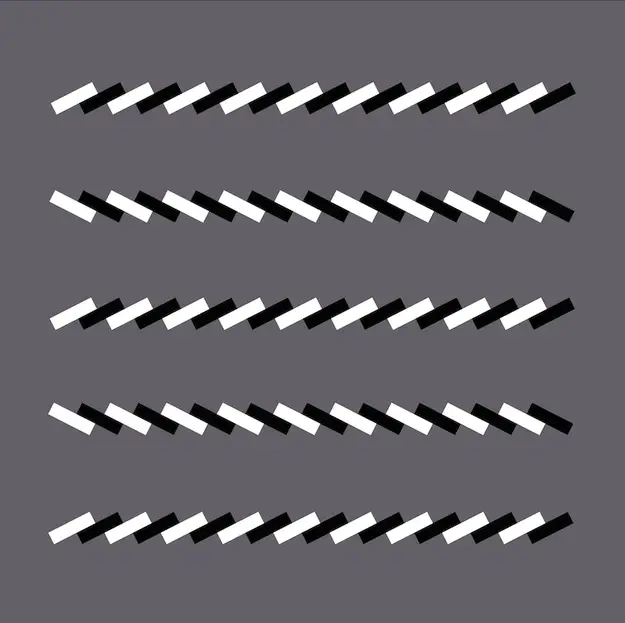
Are the horizontal lines straight or angled? This optical illusion plays with our perception of alignment. Logical minds may use geometric reasoning to confirm the straightness of the lines, possibly tracing them with a ruler or imagining a grid overlay. Creative thinkers might allow their perception to be swayed by the surrounding shapes and patterns, accepting the illusion at face value without overthinking.
Shape Interpretation
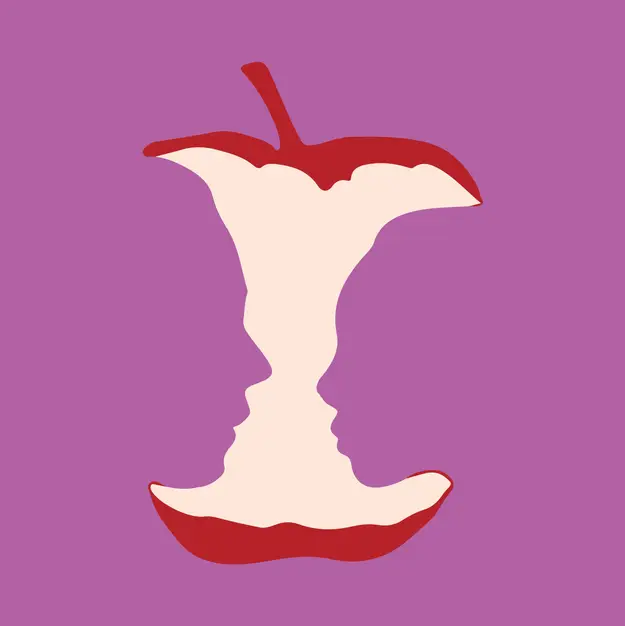
When shown an ambiguous figure, what do you notice first? For instance, a drawing might simultaneously resemble an apple or two people, depending on your perspective. Left-brained individuals may focus on dissecting specific features to determine one definitive answer, while right-brained individuals are more likely to embrace both interpretations and appreciate the abstract nature of the image.
Size Perception: The Left-Brain vs. Right-Brain Theory
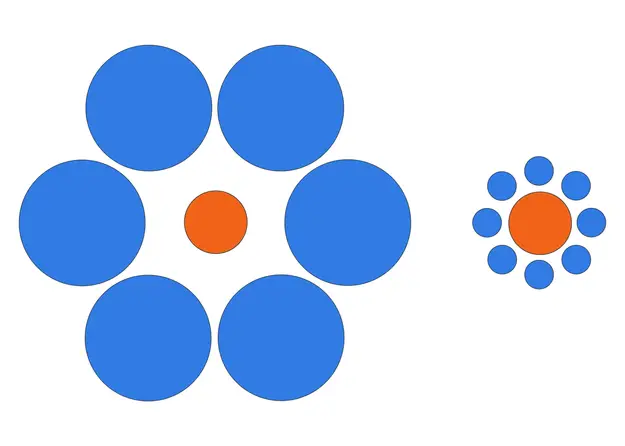
Are two orange circles the same size or different? This test often tricks our spatial reasoning abilities. Left-brain thinkers might focus on measurements and proportions, using logical steps to verify their observation. Meanwhile, right-brain thinkers could rely on intuition, making a quick judgment based on how the circles appear within the larger visual context.
What’s the Verdict?

At the end of the day, the left-brain versus right-brain theory is less about hard science and more about understanding our diverse ways of thinking. Whether you see the fish or the plane, prefer facts or feelings, the key takeaway is that our brains are wonderfully complex and both hemispheres deserve credit for making us who we are. So, what did your brain tell you? Fish or plane? The answer isn’t as important as the insights you’ve gained about yourself.
Read More: Brain Teaser: Can You Post The Mistake in This Family’s Dining Table Picture in 10 Seconds Or Less?
